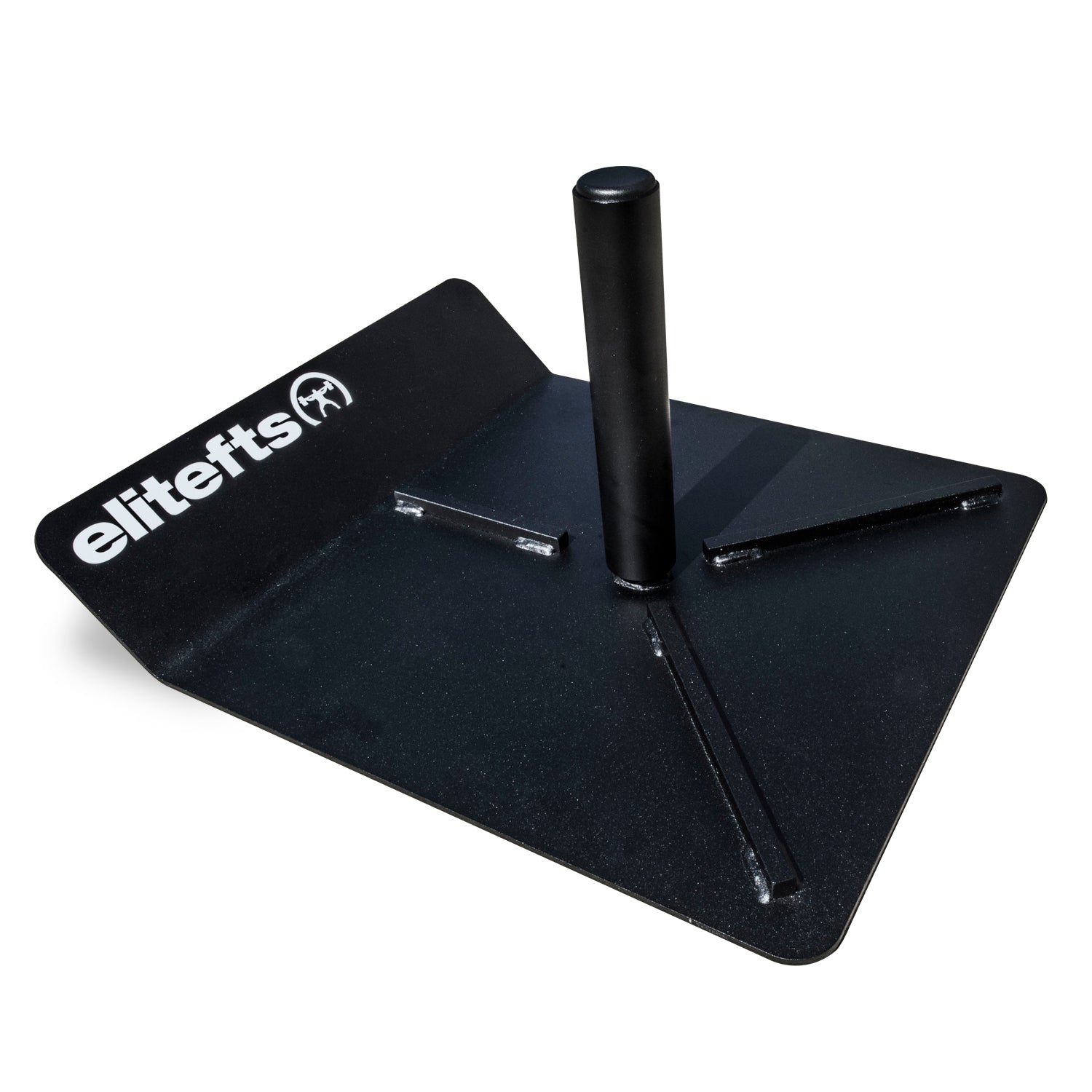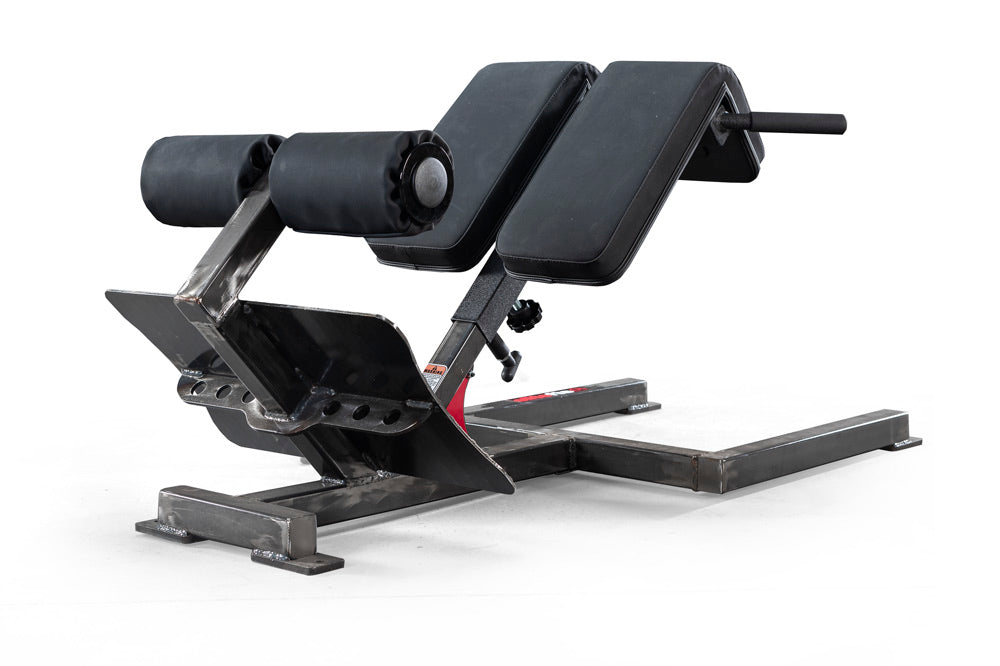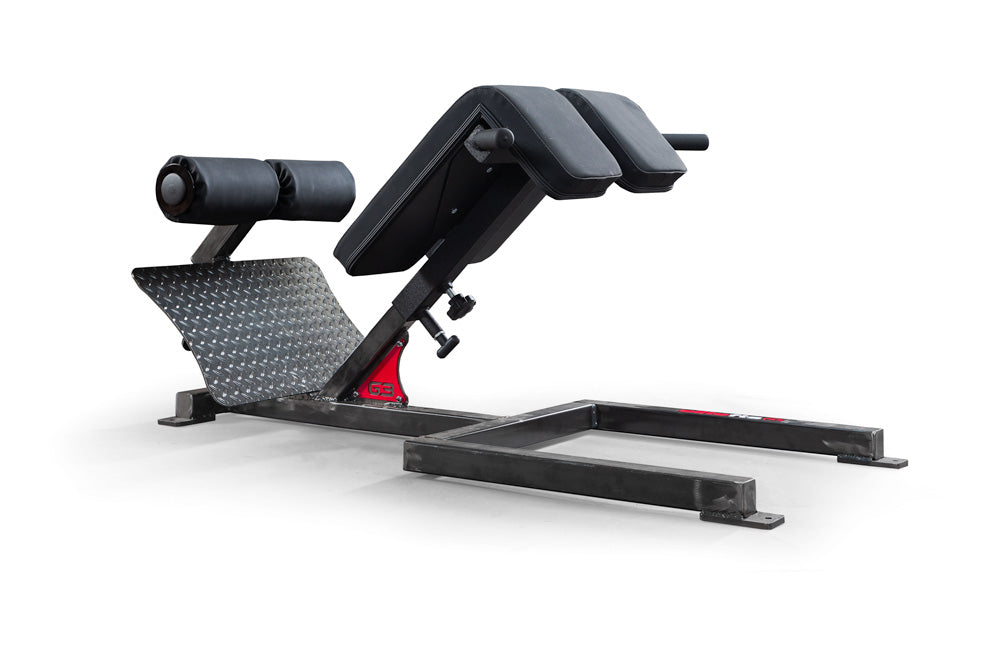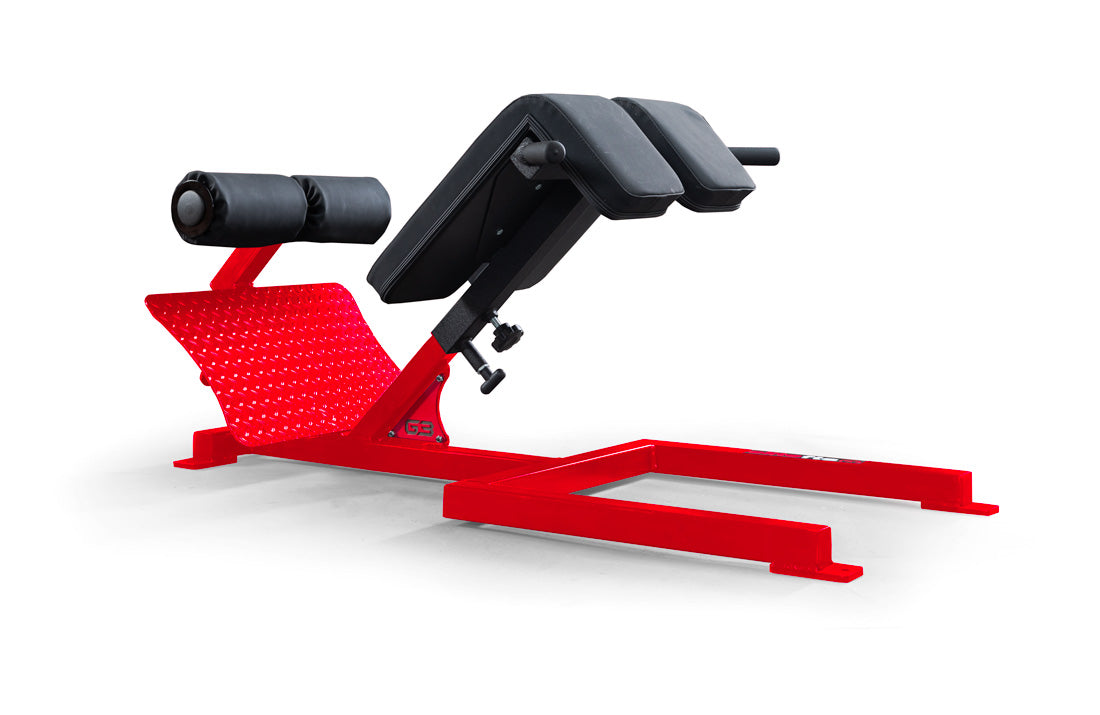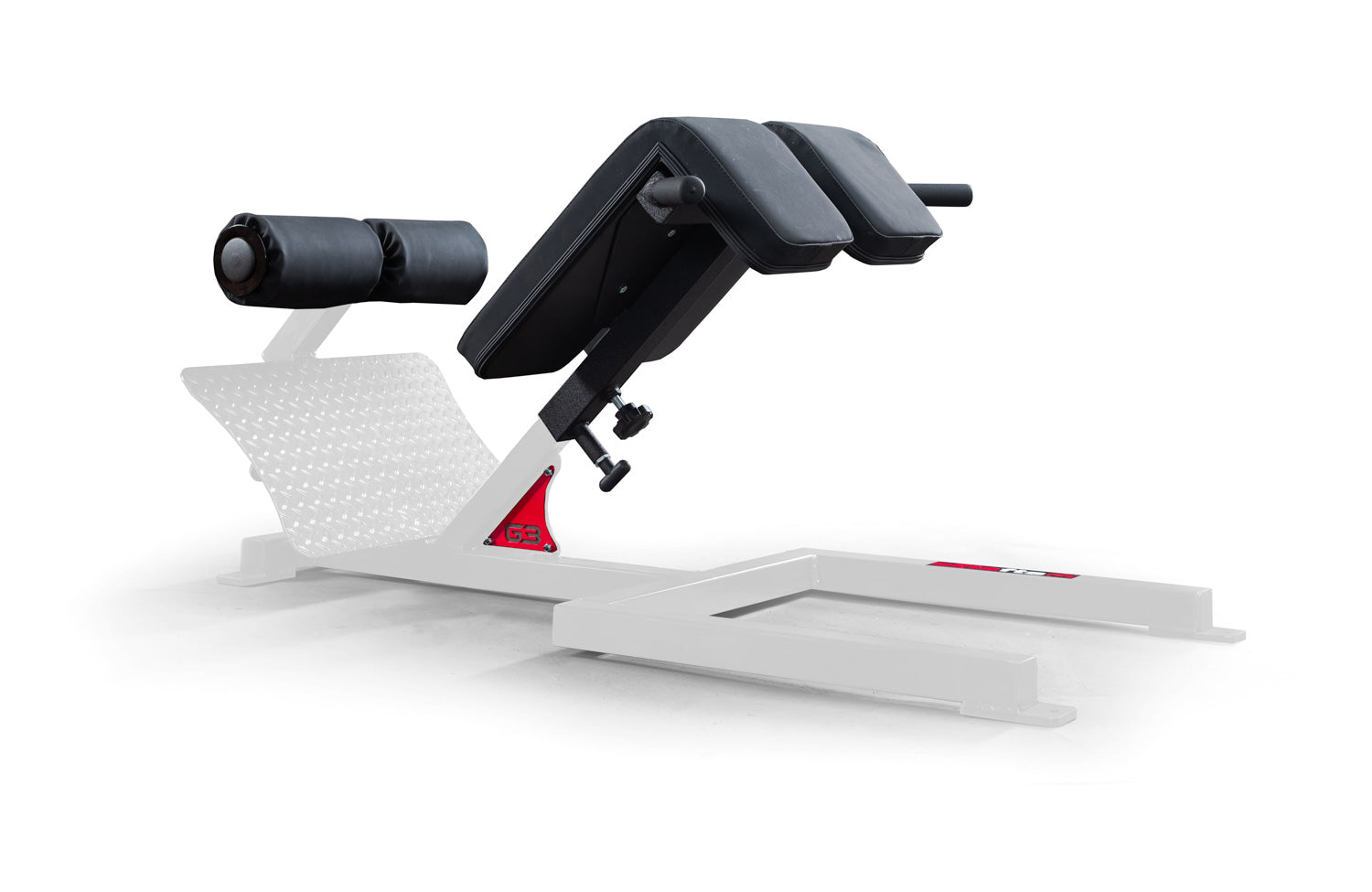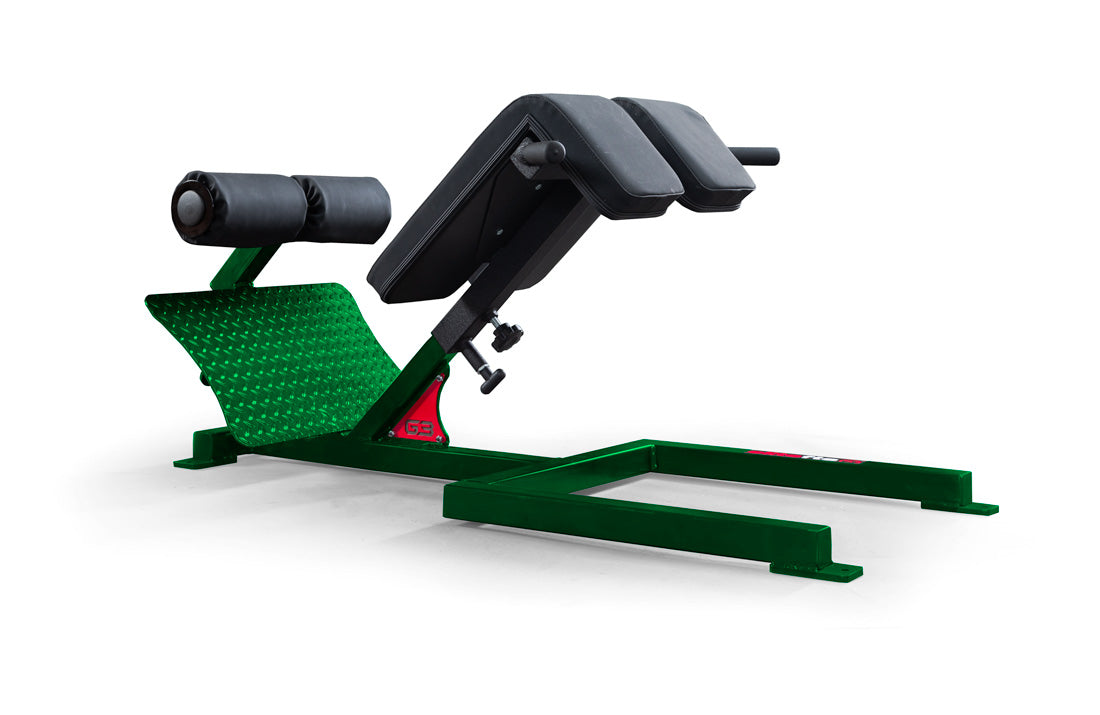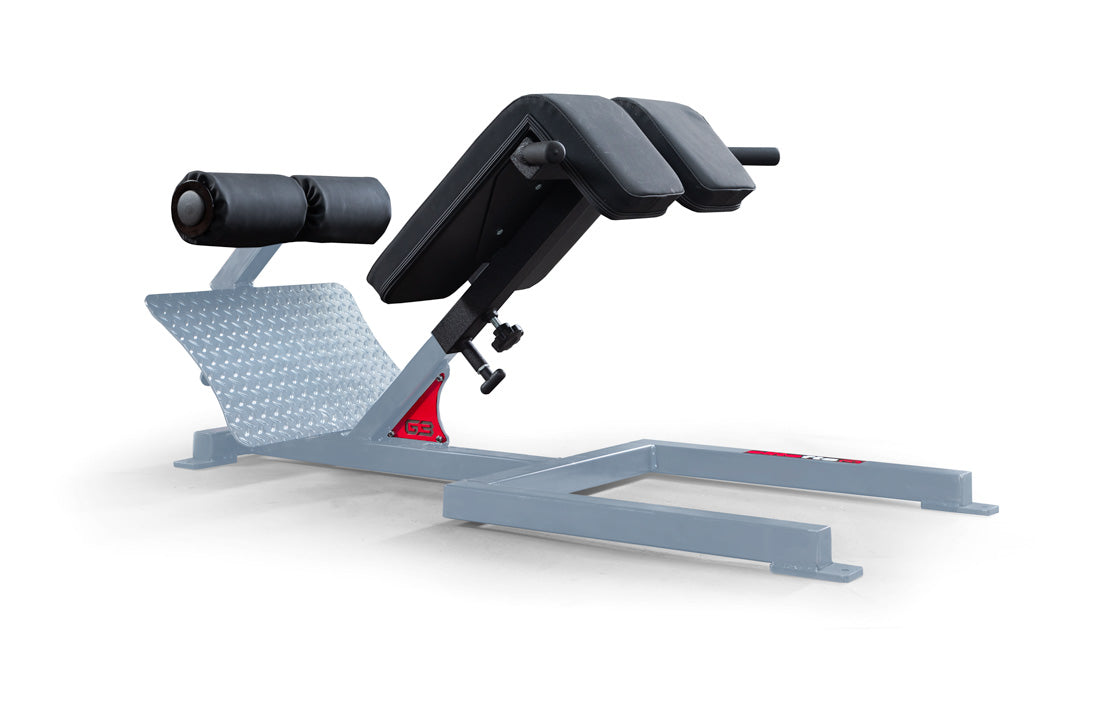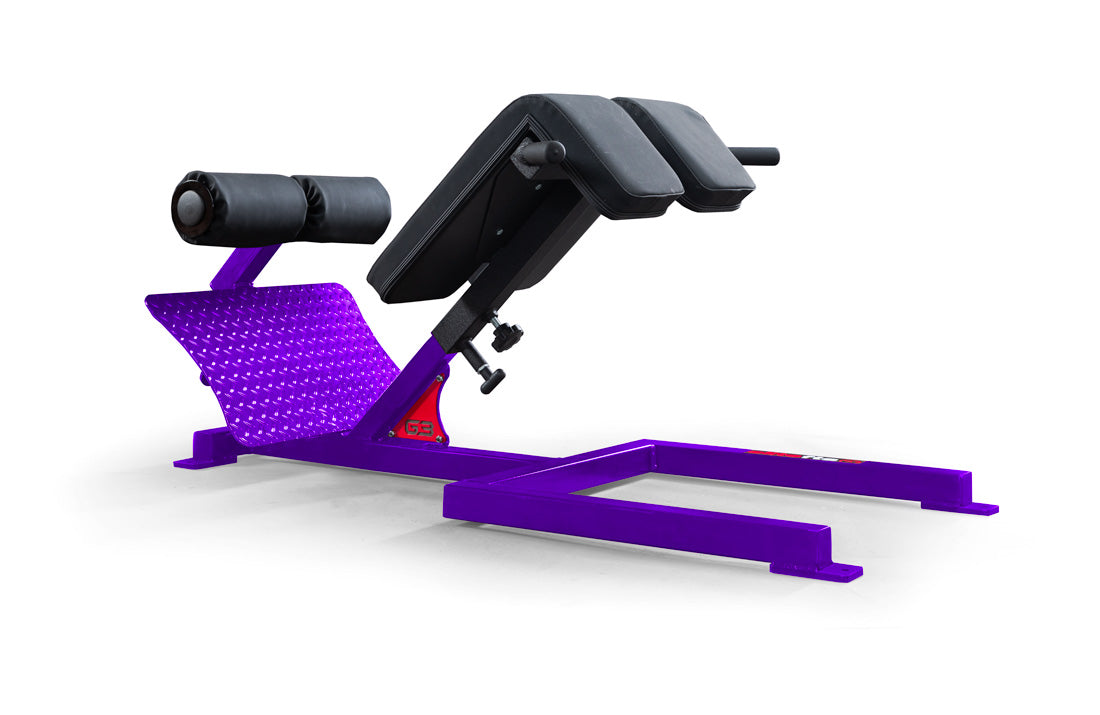When I first went to work at the Paramatta Eels rugby league team in 1997, Head Coach Smith said something to me that has resonated through the years and formed a huge part of my personal philosophy within the strength and conditioning industry. He said, "This is the coaching pot, filled will all my years of experience. You can take what you need but you must put all your experience ideas in as well so others can benefit from it." It is such a shame that I have not seen this in action in many other programs since. So, this compilation of training sessions is drawn from many people’s ideas. Some I have listed. To others, I apologize, but I do not remember where I received them. As Dave Tate has always said, "Live, Learn, Pass On."
The intensity of each session will vary depending on the specific fitness levels of the groups and individuals that you are working with, hence the necessity of testing in the initial training week and periodically throughout the training block to ensure that intensities and distances per session are challenging the metabolic systems of the athletes. I use the standard 2.4-kilometer time trial on a track, if possible, as my first day back test, since it requires players to go hard from the get-go to ensure a good time. The fitter they are, the better the time.
The YoYo recovery shuttle run test is also an excellent test, but I now want to wait a couple of weeks before using this, as players just coming off a break have not conditioned the groins to change-of-direction work, and hence if done immediately upon return, may place undue stress on de-conditioned muscles, ligaments, and tendons. Other tests such as the 20-40-60 continuous shuttle run, 30-second springbok shuttle, and other directional change tests can be programmed after initial conditioning as well.
Treadmill
Treadmill Grade (1% to 2%)/Spin Bike Recoveries — If no spin bike, reduce the intensity and slow jog or walk for recoveries. Set speeds so that you are constantly challenged to make the time. Listed speeds are just a suggestion.
- Workout A – 3 x 5 minutes at 10 kilometers/hour, 2.5 minutes spin
- Workout B – 5 x 3 minutes at 12 kilometers/hour, 1.5 minutes spin
- Workout C – 15 x 1 minute at 14 kilometers/hour, 1 minute spin
- 3 minutes at 10 kilometers/hour, 1 minute spin
- 1 minute at 14 kilometers/hour, 1 minute spin
- 30 seconds at 18 kilometers/hour, 1 minute spin
Repeat back up the ladder one through five.
- 5 minutes at 11 kilometers/hour, 2.5 minutes spin
- 4 minutes at 12 kilometers/hour, 2 minutes spin
- 3 minutes at 13 kilometers/hour, 1.5 minutes spin
- 2 minutes at 14 kilometers/hour, 1 minute spin
- 1 minute at 15 kilometers/hour, 30 seconds spin
- 5 minutes at 11 kilometers/hour, 2.5 minutes spin
- 4 minutes at 12 kilometers/hour, 2 minutes spin
- 3 minutes at 13 kilometers/hour, 1.5 minutes spin
- 2 minutes at 14 kilometers/hour, 1 minute spin
- 1 minute at 16 kilometers/hour, 1 minute spin
- 30 seconds at 18 kilometers/hour, 1 minute spin
- 15 seconds at 20 kilometers/hour
Repeat in reverse direction.
- 5 minutes at 12 kilometers/hour, 2.5 minutes spin
- 3 minutes at 14 kilometers/hour, 1.5 minutes spin
- 1 minute at 16 kilometers/hour, 1 minute spin
No spin bike, just hop (10-15) to the sides of the treadmill.
- 5 minutes at 10 kilometers/hour
- 40 seconds at 16 kilometers/hour
- 20 seconds rest
- 20 seconds at 20 kilometers/hour
- 40 seconds rest
Rowing or Ski Erg Sessions
Weapon 1: 500-Meter Intervals- 1:42 target time each rep
- 10 reps
- 2 minutes recovery between reps
- 6 x 500-meter intervals (1:35 target time per interval)
- 4 x 250-meter intervals (0:55 target time per interval)
Weapon 3: Ladder
Intervals of 50 meters up to 500 meters, increasing 50 meters per interval and back down. Use maximal pace throughout. Use one-to-one recovery time each rep.
Weapon 4: Decrement
- 3 x 1000 meters; target times under 3:15, 3:20, 3:30
- 3 x 500 meters; target time under 1:40
- 1:1 recovery for all reps
Set 1
- 3-minute
row at sub 1:40/500 meters pace - 30 seconds rest
- 3-minute row at sub 1:45/500 meters pace
- 60 seconds rest
- 3-minute row at sub 1:48/500 meters pace
- 60 seconds rest
- 3-minute row at sub 1:50/500 meters pace
- 60 seconds rest
- 10 x 30-second row at sub 1:35/500 meters pace
- 30 seconds rest between reps
- 20 x 10-second row at sub 1:30/500 meters pace
- 10-second rest between reps
Pick one of:
- 3 x 2000 meters (3 minutes recovery between reps)
- 5 sets of 4 x 250 meters in less than one minute, with 30 seconds rest between reps and two minutes rest between sets
- 10 x 300 meters in less than one minute
- One minute rest between sets
Watt Bike or Computer Bike or Spin Bike Sessions
-
Spin fast for 1, 2, 3, 4, 5 minutes with 30 seconds slow turnover between each. Three total sets. - Spin fast one minute, out-of-seat climb one minute, then 2/2, 3/3, 4/4, 5/5, then down the ladder five to one.
- 45-second fast, 15-second slow x 15; 30-second fast, 30-second slow x 15; 45-second fast, 15-second slow x 15
- Continuous for 45 minutes with an out-of-seat 15 seconds every minute.
15 x 1,000 meters as fast as you can on a two-minute rolling clock.
WB 2 — 5, 4, 3, 2, 1
5,000 meters, 4,000 meters, 3,000 meters, 2,000 meters, 1,000 meters with one on, one off recovery.
WB 3 — One On, One Off
Ride as far as possible in one minute then repeat after one minute rest for 15 sets.
WB 4 — Speed
- 5 x 200 meters with 90 seconds recovery between sets
- 10 x 100 meters with 60 seconds recovery between sets
- 15 x 50 meters with 30 seconds recovery between sets
Six sprints, six times through:
- Sprint 10 seconds, active rest 10 seconds
- Sprint 20 seconds, active rest 20 seconds
- Sprint 30 seconds, active rest 30 seconds
- Sprint 40 seconds, active rest 40 seconds
- Sprint 50 seconds, active rest 50 seconds
- Sprint 60 seconds, active rest 60 seconds
45 seconds as fast as you can. The goal is over 700 meters. Rest 3:15 and repeat eight times.
WB 7 — 30/30/30
- 30 seconds air brake 10
- 30 seconds air brake 1
- 30 sets
Start at 1,500 meters as fast as you can. Drop off 100 meters with each successive effort, resting only one minute between efforts.
Conditioning Running Sessions Plan
Session 1- Run five minutes, 1200-1400 meters
- 10 x 40 on 20 off, between 180-200 meters each rep
- 10 x 30 on 30 off, between 150-170 meters each rep
- 10 x 20 on 40 off, between 110-130 meters each rep
- Run five minutes, 1200-1400 meters
- A: 3 x 22 meters in less than 15 seconds, jog to far try line in less than 45 seconds, 8 total sets
- B: 4 x 35-meter shuttle in 30 seconds, rest 30 seconds, 10 total sets
- C: 2 x 73-meter shuttle in 30 seconds, rest 30 seconds, 8 total sets
- D: Start at halfway line, sprint 10 meters, backpedal 10 meters, sprint 28 meters, backpedal 18 meters, sprint 40 meters, all in less than 30 seconds; turn and jog back to halfway in less than 15 seconds, rest 15 seconds; 8 total sets
VO2 Grid:
- Run 75 meters in 15 seconds
- Jog across field, 30 meters in 15 seconds
- 4 minutes work, 2 minutes rest
- 5 total sets
Other Run Options
1. Down-and-Up Shuttle Run- 0 – 5 – 0 – 10 – 0 – 15 – 0 – 20 – 0 – 25 – 0
- Go as far as you can in 45 seconds
- Rest 3:15
- 4 reps
- Down-and-up on the goal line each time
- Tackle bag hits on the 22-meter, 40-meter, 60-meter lines
- 3 reps on a five-minute rolling clock
- Every 30 seconds with 2 minutes between sets
- 3 sets
- 4 reps
Perform these as: down-and-up on the goal line, sprint to five-meter line, down-and-up, sprint to 22-meter line, down-and-up, back to goal line, down-and-up, sprint to 40-meter line, back to goal line.
- Less than 35 seconds for forwards
- Less than 30 seconds for backs
- 2 sets, 4 reps, 2 minutes rest between sets
- 3 reps as fast as you can
- 3 sets
- 3:00 rolling clock
Start at the junction of the halfway line and the sideline. Sprint around near goal post then sprint full length of pitch around the goal post. Then do an angled run back to the start.
Repeated Speed Sessions
Session 1- 80% VO2 max pace, 5 minutes
- 20 x 40 seconds work; 20 seconds rest at 110% VO2 max pace as determined from your 2400 meters time trial result.
- 80% VO2 max pace, 5 minutes
- 80% VO2 max pace, 5 minutes
- 10 x 20 seconds work; 40 seconds rest at 140% VO2 max pace
- 10 x 30 seconds work; 30 seconds rest at 125% VO2 max pace
- 10 x 40 seconds work; 20seconds rest at 110% VO2 max pace
- 80% VO2 max pace, 5 minutes
- 5-minute run up, 2.5-minute walk down recovery
- 5 x 3-minute run up, 1.5-minute walk down recovery
- 5 x 60-second run up, 60-second walk down recovery
- 6 x 22 meters (up and back is two)
- High handles one way, low handles the other way
- Must get the entire Prowler over the line at each end before changing directions
- 0 – 5 – 0 – 10 – 0
- Low handles one way, high handles coming back
Working with the Markings on the Rugby Field
As a guide for distances, if you are limited only to running on a rugby field, based on a 100-meter length and a 70-meter width, you can get a variety of distances and patterns. You can also use the “Cards of Death” and place each different run on the back of a business card and draw them out at random as the runs for the session.All distances are based on Pythagoras formula (A2 + B2 = C2) and are rounded up or down to the nearest whole number for convenience. Hopefully, my math will hold up, but please check if you feel so inclined.
Rectangles
- Full Field = 340 meters
- ¾ Field = 296 meters
- ½ Field = 240 meters
- ¼ Field = 184 meters
- Full — Corner flag to middle of far posts to corner flag to start point is 282 meters.
- ¾ — Corner flag to middle of far 22-meter line to corner flag to start point is 241 meters.
- ½ — Corner flag to midpoint on 50-meter line to corner flag to start point is 192 meters.
- ¼ — Corner flag to midpoint of near 22-meter line to corner flag to start point is 153 meters.
- Corner post to junction of near 22-meter line and sideline is 73 meters.
- Corner post to junction of 50-meter line and sideline is 86 meters.
- Corner post to junction of far 22-meter line and sideline is 105 meters.
- Corner to corner is 122 meters.
Start at junction of 50-meter line and sideline sprint around goalpost, then around far goalpost, and finish at start point. This is 217 meters depending on arc around goal posts
Rugby Field Suicide Drill a la Basketball
Try line to near 22-meter to try line to 50-meter to try line to far 22-meter to try line to far try line back to start. This is 500 meters total.
Three-Week Running Schedule
MondayActive Movement Warm-Up
- AB Shuttle: 3 x 22 meters in less than 15 seconds, then jog to far goal line in 30 seconds. Do this for six sets. Rest 90 seconds.
- Out-and-Back Shuttle: Goal line to far 27-meter line for four sets. Rest 20 seconds and repeat six times. Rest three minutes.
- Rugby Suicide: Start at halfway line, sprint to 10-meter line, backpedal to halfway line, sprint to 22-meter line, backpedal to 10-meter line, sprint to goal line. Finish in less than 30 seconds and jog back to halfway line in less than 30 seconds. Do six total sets. Rest three minutes.
- VO2 Grid: 3 minutes on 10/10 seconds. Do 50 x 17 meters rectangle with 1.5 minutes rest and repeat three times. Rest two minutes.
- Out-and-Back Shuttle: Goal line to 34 meters four times in less than 30 seconds. Rest 30 seconds and repeat 10 times.
Active Movement Warm Up
- Out-and-Back Shuttle: Goal line to 74 meters four times in less than 30 seconds. Rest 30 seconds and repeat 10 times. Rest two minutes.
- 4 x 50 meters in less than 45 seconds with 45 seconds rest for eight total sets. Rest two minutes.
- VO2 Grid: 4 minutes on 15/15 seconds; 77 meters x 26 meters; 15 total sets. Rest two minutes.
- Repeated Speed: 30/30 seconds, 180 meters, 10 total sets.
Active Movement Warm-Up
- 100/200/300: 100 meters in 20 seconds, rest 40 seconds, 200 meters in 40 seconds, rest 20 seconds, 300 meters in 60 seconds, rest 60 seconds for 10 total sets.
- Malcolm Drill: Start on halfway line lying flat on chest, up and backpedal 10 meters, down-and-up, sprint 20 meters to 10 meters, down-and-up, backpedal to halfway line, down. One set is six in less than two minutes. Rest two minutes for four total sets.
Panasonic Young Members Running Plan April 2014 (Actual Plan)
Week 1Monday: Must do the 2400-meter time trial to get accurate running distances for times. Repeated speed is then taken off those times.
Wednesday: Must do YoYo recovery test to get accurate starting level. VO2 Grids are taken off these results
Friday: Run Menu
1.2-Kilometer Shuttle Run
Five set in less than five minutes:
- 20 meters out-and-back
- 40 meters out-and-back
- 60 meters out-and-back
Malcolms: 2 x 6, every 5 minutes
Finish with a five-minute, all-out run. How far can you go?
Week 2
Monday: Repeated Speed
Five minutes at VO2 pace, then 20 sets of 40 seconds work, 20 seconds rest at given distances. Finish with a five-minute run at VO2 pace.
Tuesday: VO2 Grids
Four sets of five minutes (20 seconds hard, 20 seconds easy session), with 2.5 minutes rest between sets.
Thursday: Run Menu
1.2-Kilometer Shuttle Run
Five set in less than five minutes:
- 20 meters out-and-back
- 40 meters out-and-back
- 60 meters out-and-back,
- 6 AB Shuttles
- 6 Malcolms, 3 minutes rest
- 30-second shuttle for eight sets, distance dictated by YoYo test
- 6 Rugby Suicides/Half Field Shuttles
- 6 Power Bag Beast Circuit
- 3 minutes wrestling at completion of each circuit
- 15 minutes of 30 seconds work, 30 seconds rest of circuit of Prowler push, flip, skip, kettlebell swings, spin bike, burpees
GPS and other tracking software are huge parts of our industry at present; just go to the NSCA trade show attached to the national conference and see how many industry providers are selling their particular systems. It is here to stay and more to come. I can only imagine what will be around in another 10 years with the exponential growth in this area — chips inserted in the player upon the signing of their first professional contract to monitor everything? But let us not forget that coaching is an extension of teaching and we need to teach our players what it is we are using all the data for, and to include them in the process to get the best buy-in. Still, to this day, I think I get more out of simply asking how they are feeling and then modifying training if need be around the individual recovery and current status of the player.
Remember the great quote, “Gains in physical condition are not made in the comfort zone.” As my old head coach Robbie Deans used to always extol the players, “You need to get comfortable with being uncomfortable." Truer words have not been said.
Special thanks to Simon, Shaun, and Serge at the Crusaders for allowing me access to their templates to represent some of my favorite (and possibly my players' least favorite) running conditioning drills.


















